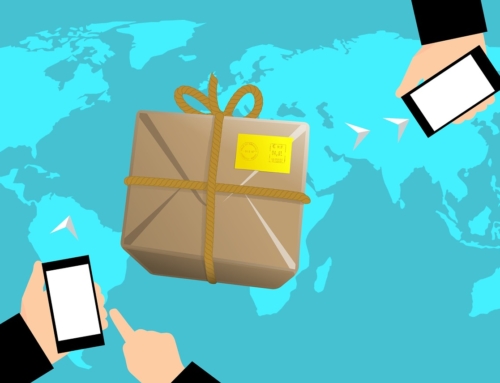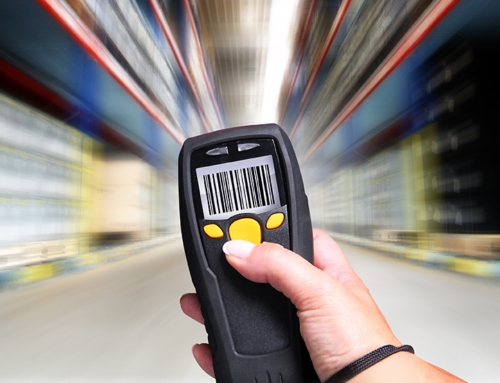Opening an eCommerce business can be challenging by itself without the added complication of having to learn a lot of new concepts that are related.
The supply chain is a vital piece of the puzzle, however, and one you should be comfortable with before you ship your very first item. Understanding what it is and how it works will help to eliminate problems and increase your customer care level dramatically.
Supply Chain Basics
When a customer orders an item from your site, it’s not just a matter of putting one box on a truck and sending it to their door. A lot of things are happening behind the scenes in the supply chain. Even if you are shipping just one box, you’re one of many people at your 3PL doing the exact same thing.
Let’s walk through a very basic example of how the supply chain works:
- Order placement. Without a customer to place an order, the supply chain doesn’t have much to do, so it’s a good place to start. With a click of a mouse, a customer notifies your warehouse that it’s time to package and ship a product.
- Warehousing and distribution. Your warehouse workers move items into the pick, pack and ship area to fulfill the order that has been placed. The order is checked, items are packed in a box that allows for the most efficient use of space in a truck, labels are printed and away the package goes.
- First mile shipping. Chances are good that your package shipped from a warehouse that was utilizing “first mile” shipping. This would be the same sort of vehicle that would deliver packages, like what your local UPS driver uses. That vehicle will take the box to a central hub for sorting.
- Long haul transportation. Tractor trailers will be filled with packages for long hauling, sorted by destination at the central hub. Then the trucks drive the trailers many miles to the next sorting hub or deliver their containers to stations where they’re loaded onto trains and boats for even longer journeys.
- Last mile. Once your package has been through the local sorter, it gets packed back onto a smaller truck for the last mile delivery. This is the truck that will deposit the package at your customer’s door.
- Refilling the warehouse. Of course, the supply chain also has to consider that eventually your stock will be low enough that it needs resupplying. A 3PL can place a new order for you from your wholesaler when numbers get low, so the item you just sent off never runs out.
- Returns management. Sometimes, the order you sent isn’t exactly what the customer wants or it’s damaged in some way. That’s where returns management, also known as reverse logistics, comes in.The first mile for reverse logistics starts with the customer returning the item to a shipper, then it’s hauled to the same kind of centralized hub as before, with the last mile ending up at your returns management facility. From there, returns experts examine the item for defects, issue credits and prepare product to go back to the warehouse or sales floor.
This is just a very basic overview of what’s involved in a supply chain from an eCommerce standpoint. As you learn more about the supply chain, you’ll probably encounter terms like “lean” and “agile,” which describe different ways these things can be interconnected. Supply chains and logistics can be fascinating and complicated concepts, but they’re definitely worth understanding!







Leave A Comment